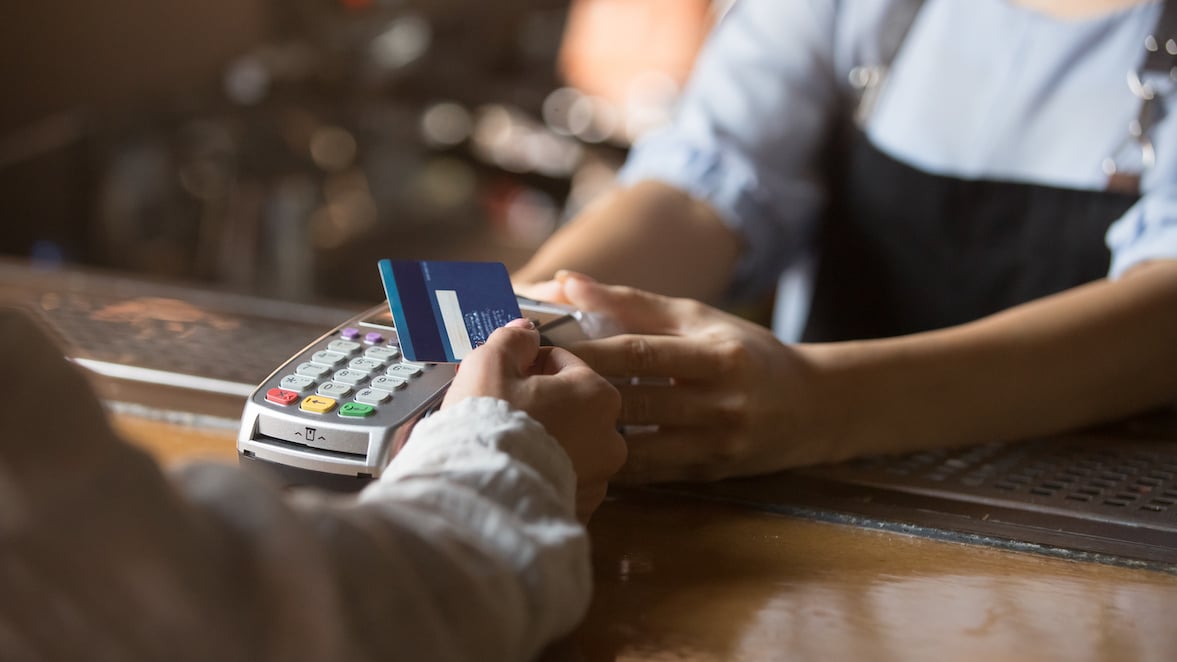Call Sales: +1 (833) 437-3835
Call Sales: +1 (833) 437-3835

Sooner or later, all merchants will experience a credit card being declined. While it may be embarrassing for the customer, knowing how to address a decline can make or break the customer experience.
Credit card declines happen when a payment can’t be processed for one reason or another. In response to a decline, your reader will display an error code.
Credit card error codes explain why a transaction was declined, which can help merchants provide advice and support to customers. All credit card processing codes are universal; therefore, they will not differ between point of sale (POS systems).
Here’s what you need to know about the list of credit card declined codes and what each one means.
Visa declined codes and MasterCard declined codes will appear on your POS system whenever a customer’s card is declined.
Transactions may be declined by the processor, the payment gateway, or the issuing bank. The merchant sees only the credit card declined reason code and an error message.
Processors assign these codes to transactions to inform merchants why a particular transaction was declined.
Credit card declines can be separated into two major categories:
Because soft declines are typically temporary, it’s perfectly acceptable to retry the transaction. Hard declines, on the other hand, should never be met with a “brute force” transaction.
Brute forcing a transaction can lead to future credit card chargebacks. If this occurs, you have no recourse, and you’ll be left paying out-of-pocket.
Whenever you resolve a soft or hard decline, it’s always a good idea to keep a record of the action taken in case you need to fight a chargeback dispute at a later date.
Familiarizing yourself with different credit card processing decline codes allows you to protect your business and better support your customers.
When credit card declined codes appear, there are many potential causes and possible courses of action.
Here’s a brief overview of the most common reasons credit cards are declined:
The customer themselves can only solve most instances of a credit card decline, so it’s important to be able to provide your customers with the right advice whenever credit card declined reason codes appear.
While it may be unreasonable to expect cashiers to remember all credit card authorization response codes, categorizing them appropriately can indicate the right course of action.
It’s important to understand the merchant doesn’t get the full story, even when they receive a decline code. Often, the only thing a merchant can do is retry the transaction (when safe to do so) or encourage the customer to contact their issuing bank.
Let’s examine the various categories of credit card machine error codes.
When a credit card reader flashes a “CALL” or “DECLINE” code, it indicates that the issuing bank is not permitting the transaction to go through.
There are a variety of reasons this might be the case. The correct course of action is to request that the customer call their bank or use an alternative payment method.
To provide stellar customer service, you can offer to reserve your customer’s items for them for a limited time. Doing your best to accommodate a red-faced shopper can potentially get you a regular.
Hold-call codes are more serious because they could indicate the credit card has been used fraudulently. In all instances of a hold-call code, the merchant is required to take the card and report it to the issuing bank (usually by calling a toll-free number).
When these credit card error codes are spotted, the business should not honor any transaction or provide any services.
Credit card error codes are more difficult to resolve because they encompass a wide range of potential problems. Usually, credit card machine error codes indicate a problem with your POS system. We recommend having this list handy to avoid the customer getting frustrated.
This long list of credit card declined codes can be daunting for employers. It’s unreasonable to expect cashiers to remember every code and what to do if one appears.
Instead, keep a reference sheet alongside your POS to help cashiers instantly look up each code and what to do in that specific situation.
In the event a hold-call code appears, it’s strongly recommended that you only confiscate the card if it’s safe to do so. Either way, the presence of a hold-call code should be reported, and information sent to the relevant authorities.
Make sure support phone numbers for your POS provider are readily available in case the problem has something to do with your system.
POS problems often occur during the setup process and a simple reconfiguration with the support of your provider can get you up and running again.
Being familiar with credit card authorization response codes and what to do about them are essential for meeting your customers’ needs.
With an increasing number of shoppers relying solely on credit cards to shop, you need a POS system supporting and growing alongside your business.
Contact us to learn how Revel's leading cloud-native platform and POS can elevate your business and brand.